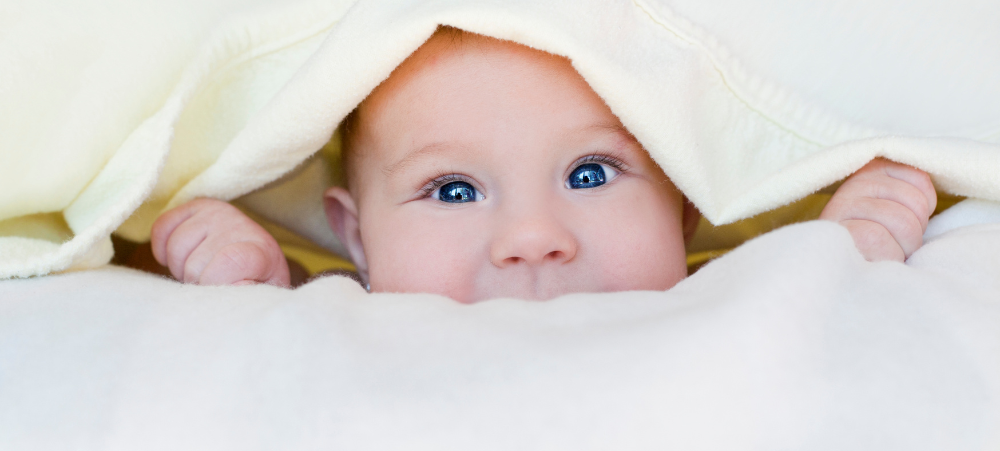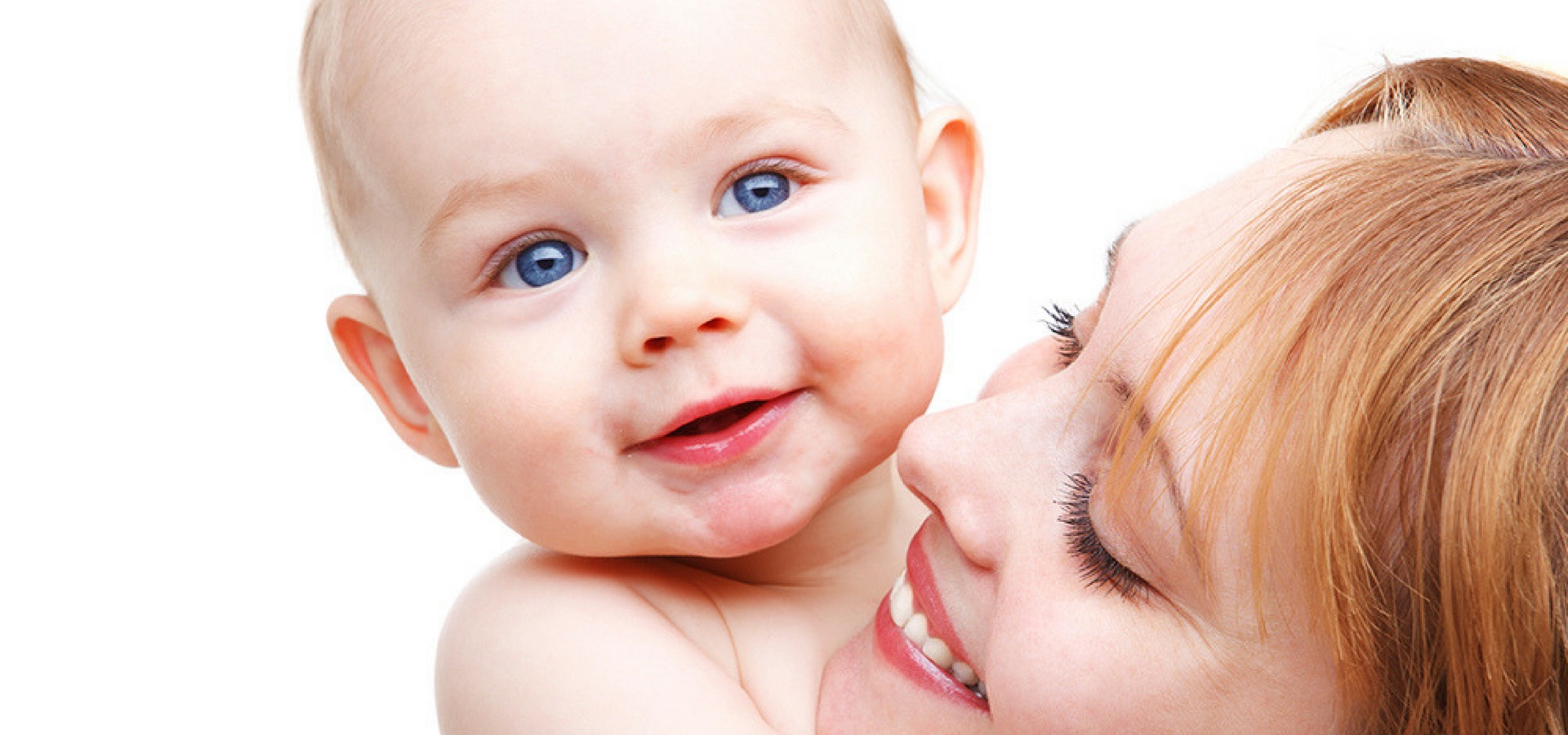
Breastfeeding is key to sustainable development
Breastfeeding is a critical foundation for the 17 Sustainable Development Goals adopted by the UN General Assembly in September 2015. These goals are intended to end poverty and to fight inequality and injustice, to ensure that no individual is left behind, and to direct world-wide development onto a sustainable path. “Breastfeeding is not just vital for the health and wellbeing of infants, it is vital for the wellbeing of our society and our planet,” says Chantell Witten, Senior Lecturer/Researcher at the North-West University and Breastfeeding spokesperson for the South African Civil Society for Women’s, Adolescents’ and Children’s Health (SACSoWACH). “Breastfeeding saves energy and water, eliminates hunger, reduces pollution, increases earnings, and improves educational outcomes,” says Witten, “As such we need to ensure that we prioritise breastfeeding and support mothers because neglecting these duties harms our entire society.” A month’s supply of formula for an infant is estimated to cost R700, and this increases as a baby grows. This does not include the extra costs of energy and water consumed by formula feeding. In low income households these expenses can make the difference between the rest of the family eating sufficient protein or going hungry. This can exacerbate inequality and make it harder for families to depart from poverty. By contrast, the $35 Billion (R500 billion) breastmilk substitute industry uses enormous amounts of both water and energy and produces tons of waste. This is despite the fact that scientists have proven that “breastfeeding is nutritionally, immunologically, neurologically, endocrinologically, economically, and ecologically superior to breastmilk substitutes (BMS), and does not require quality control of manufacture, transport, storage, and feeding mechanisms.”2 Breastfeeding materially affects the long term earning and educational potential of infants. The Breastfeeding Series3, an evidence-based report published this year in the Lancet, found that “breastfeeding [is] consistently associated with higher performance in intelligence tests in children and adolescents.” This increase in intelligence quotient (IQ) scores is linked directly to higher earnings throughout adulthood. Breastfeeding also has long term health benefits for children. The Lancet reports that breastfeeding reduces the incidence of type 2 diabetes by as much as 35% and the incidence of obesity by 13%. This, in turn, reduces the burden on public health systems which frees up resources to be used for poverty alleviation.2 Despite all the benefits to both infants and society, less than 7% of South African mothers currently breastfeed exclusively for six months. As such SACSoWACH has committed to accelerate improvement in breastfeeding rates over the next three years, and to both support and monitor the South African National Department of Health’s efforts in this area. “Babies need ‘Mom Made’, not man-made – science proves this conclusively. Because breastmilk is not ‘free’, it costs time and commitment, we need to invest more in building a culture of breastfeeding. We need to support, educate and encourage mothers to keep breastfeeding for at least the first 12 months of their baby’s life,” concludes Witten. To get involved please visit sacsowach.org or e-mail [email protected]






























